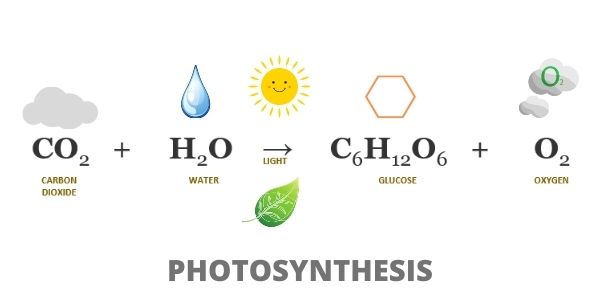Short Note on Photosynthesis
Photosynthesis
Definition:
Photosynthesis is an autotrophic mode of nutrition which is generally a physico-chemical process by which plants can convert light energy into chemical energy, in the form of carbohydrate from simple inorganic substances like atmospheric carbon dioxide and water.

- The basic raw materials required for photosynthesis are carbon dioxide, water, chlorophyll and sunlight.
- Leaves are referred to as the sites of photosynthesis. Hence, they are called as food factories of the plant.
- Leaves contain small pores called stomata on both their surfaces.
- Stomata are the structures which help in the exchange of gasses.
- Opening and closing of the stomata occurs by the guard cells present in them.
- Also, leaves are rich in green color plastids referred to as chloroplasts which are rich in chlorophyll pigment. Chlorophyll is responsible for trapping the energy from sunlight.
- All this combined with sunlight and carbon dioxide, makes food.
Also Check – 7 IMPORTANT FACTORS AFFECTING PHOTOSYNTHESIS
Also Check – What are the Adaptations of leaf for Photosynthesis
Also Check – Steps of Photosynthesis
Also Check – 13 Important Differences between Photosynthesis and Respiration
Also Check – What is Photosynthesis? Explain the mechanism.
Also Check – Parts of Plant Cell – Location , Structure and Functions
Also Check – Autotrophic Nutrition – Class 10

